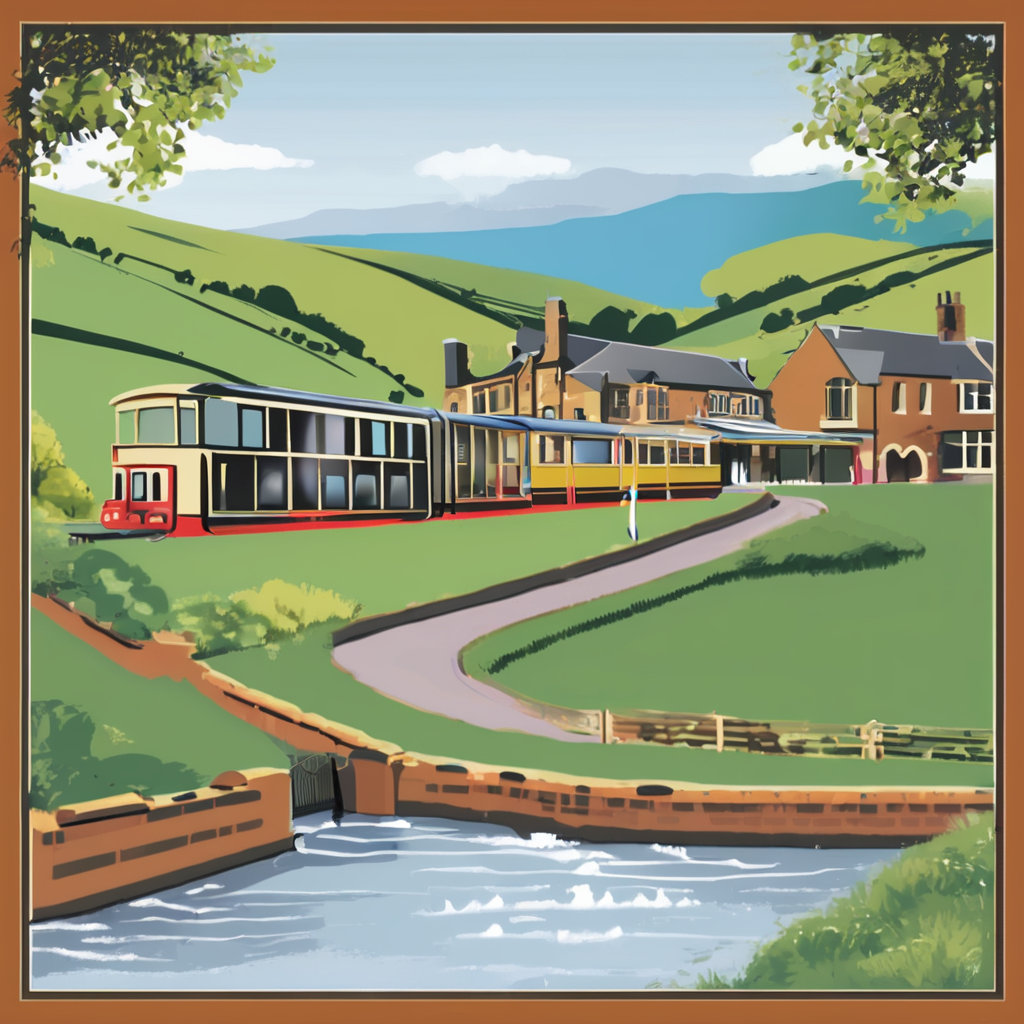Defining Characteristics of UK Tourist Attractions
The distinctive UK sights are renowned for their deep-rooted historical significance. Many tourist attractions reflect centuries of history, meticulously preserved to showcase the nation’s rich past. From medieval castles to Roman ruins, these heritage sites offer an authentic glimpse into different periods, supporting both education and cultural pride.
Architectural diversity stands out as a unique feature of UK attractions. Visitors experience a spectrum that ranges from ancient stonework of Hadrian’s Wall to the sleek modern lines of the Shard in London. This range not only appeals to history buffs but also to admirers of contemporary design, creating a dynamic visitor experience.
This might interest you : What Are the Hidden Tourist Gems in the UK That You Must Visit?
A notable aspect is the integration of heritage within today’s culture. British landmarks are not just relics but active parts of community life, hosting festivals, exhibitions, and performances. This blending of old and new enables tourists to appreciate history while engaging with current cultural expressions.
Understanding these distinctive UK sights helps travelers appreciate how heritage and innovation coexist uniquely in the UK, making each attraction compelling in its own right.
Also read : What Emerging Cultural Trends Are Shaping UK Tourism?
Rich Historical and Cultural Context
Exploring the essence of UK history and British culture
The United Kingdom’s rich historical tapestry is woven with iconic cultural landmarks like Stonehenge and the Tower of London. Stonehenge stands as a mysterious prehistoric monument, offering insight into ancient ceremonies and early British civilization. The Tower of London, meanwhile, embodies centuries of British history, from royal imprisonments to the safeguarding of the Crown Jewels. These landmarks are more than mere stone and mortar; they are symbols of the cultural heritage that has shaped British identity.
The British monarchy’s enduring presence deeply influences UK history and British culture. Traditions associated with the monarchy, including the Changing of the Guard and royal ceremonies, are not only tourist attractions but living customs that connect past and present. This ongoing tradition strengthens a sense of continuity and pride in British heritage.
Daily life in the UK reflects these historical influences through numerous festivals and museums. Celebrations like Trooping the Colour and cultural events in local communities offer immersive experiences in British culture. Museums preserve and narrate the nation’s story, inviting residents and visitors alike to engage with the UK’s vibrant history firsthand.
Architectural Styles and Iconic Landmarks
British architecture offers a captivating journey through time, showcasing iconic UK sites that range from the medieval to the ultra-modern. Visitors can admire imposing castles that exemplify medieval defensive design, such as those dotting the countryside, and then experience striking contrasts with contemporary structures like The Shard in London. This blend highlights Britain’s ability to fuse historical heritage with cutting-edge innovation.
Among the most famous attractions, Buckingham Palace and Westminster Abbey stand out not only for their grandeur but also for their rich historical significance. Buckingham Palace serves as an emblem of monarchy and state ceremony, while Westminster Abbey exemplifies Gothic architecture and has hosted countless royal events.
Moreover, British architecture often embraces the adaptive reuse of historic structures, turning old buildings into vibrant tourist destinations. This approach preserves their character while providing modern functionality, ensuring that iconic UK sites continue to engage visitors with both their stories and their settings.
Whether drawn to ancient stonework or skyline-defining skyscrapers, tourists encounter an architectural narrative in the UK that is as diverse as it is unforgettable.
Comparison With Attractions in Other Countries
When contrasting UK vs global attractions, one finds distinctive contrasts in preservation and public access. UK sites often emphasize heritage conservation, maintaining historical architecture and traditions with meticulous care, while balancing modern visitor amenities. In comparison, some international counterparts prioritize grand scale or avant-garde designs, occasionally at the expense of authenticity.
The UK presents an unparalleled mixture of tradition and innovation. For instance, historic castles coexist with cutting-edge museums that use interactive technology to engage visitors. This blend creates unique experiences not easily replicated elsewhere. While global attractions may offer either traditional sites or modern landmarks, the UK’s approach often intertwines both seamlessly.
Furthermore, accessibility differs markedly. UK attractions typically provide extensive visitor support—guided tours, educational programs, and accessibility accommodations—making cultural heritage approachable to diverse audiences.
Examples highlight these differences: ancient British landmarks retain original character and setting, unlike some global sites that have undergone radical reconstruction or commercialization. These nuances underscore why UK attractions often provide a deeper, more immersive connection to history while embracing international comparison standards.
Unique Visitor Experiences and Accessibility
Creating an exceptional visitor experience UK involves more than just sightseeing; it requires offering immersive tours, educational events, and interactive exhibits that engage diverse audiences. Whether wandering through a historic city or exploring the countryside, tourists benefit from engaging activities that bring local culture and history to life.
Accessibility plays a crucial role in ensuring these experiences are available to everyone. Inclusive design accommodates both international and local tourists with varying mobility needs, offering ramps, audio guides, and clear signage. This commitment to accessibility enhances the enjoyment and independence of all visitors, fostering a welcoming environment.
The UK’s blend of urban attractions and countryside escapes provides a rich variety of tourism activities suitable for different preferences—whether it’s a hands-on workshop in a city museum or a guided nature walk in a rural park. This balance allows tourists to tailor their visits while experiencing authentic British heritage and modern culture, making each trip memorable and accessible.
Enduring Popularity and International Appeal
The popularity of the UK as a travel destination remains robust, thanks in large part to its rich cultural heritage, iconic literature, and influential media presence. Visitors are drawn by the chance to walk the streets featured in classic novels or explore connections to beloved films and television series. This cultural depth contributes significantly to the UK’s tourism appeal.
Consistently ranked among the top global destinations, the UK benefits from a strong international reputation. Tourists appreciate the diversity of experiences—from historic landmarks to vibrant urban centers—offered within a relatively compact area. This broad appeal encourages both first-time visitors and those returning for new adventures.
Many travellers report lasting memories that prompt repeat visits. Whether it’s the allure of renowned museums, the charm of quaint villages, or the excitement of world-class entertainment, these experiences fuel ongoing interest. In short, the UK’s celebrated culture and accessible attractions form the core reasons to visit, ensuring its place on travellers’ must-see lists for years to come.


